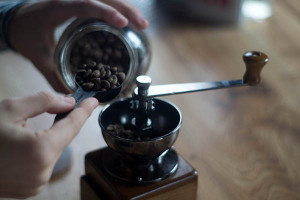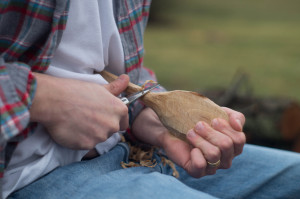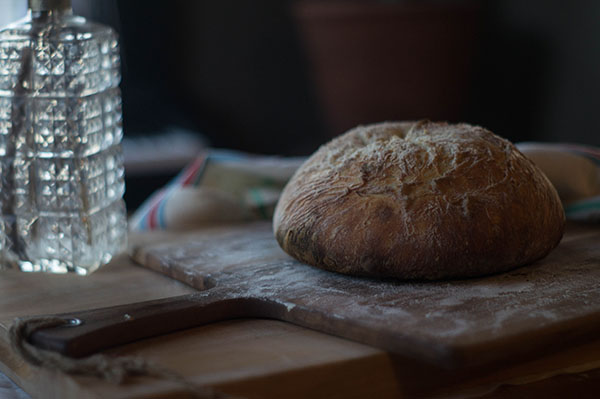
There is so much beauty to be found in simplicity. As far as food and daily rituals go, there may be nothing quite so simple and satisfying as making a fresh loaf of bread. You mix flour, water, salt, and yeast in their proper proportions, let your dough rise at its own natural pace, work it with your hands once ready, and toss it into the oven.
There are many configurations of the process, but bread making at its very core is very simple, if time consuming. It has been practiced for thousands of years: by people rich and poor, from all corners and cultures of the world. Yet to the novice baker, learning how to make your own bread at home might not seem so readily accessible.
Bread has taken on an increasingly “artisan” character – and not only in professional bakery environments. There are innumerable books, blogs, and recipes for creating beautiful breads at home. About two years ago, my wife and I came across a recipe for “No-Knead Bread” from Jim Lahey, the owner of Sullivan Street Bakery in New York City. It was the perfect starting point for someone with no experience or technique, but a little equipment and a lot of patience. We have since tweaked the recipe, adapting the method to suit our own lives. I encourage you to do the same!
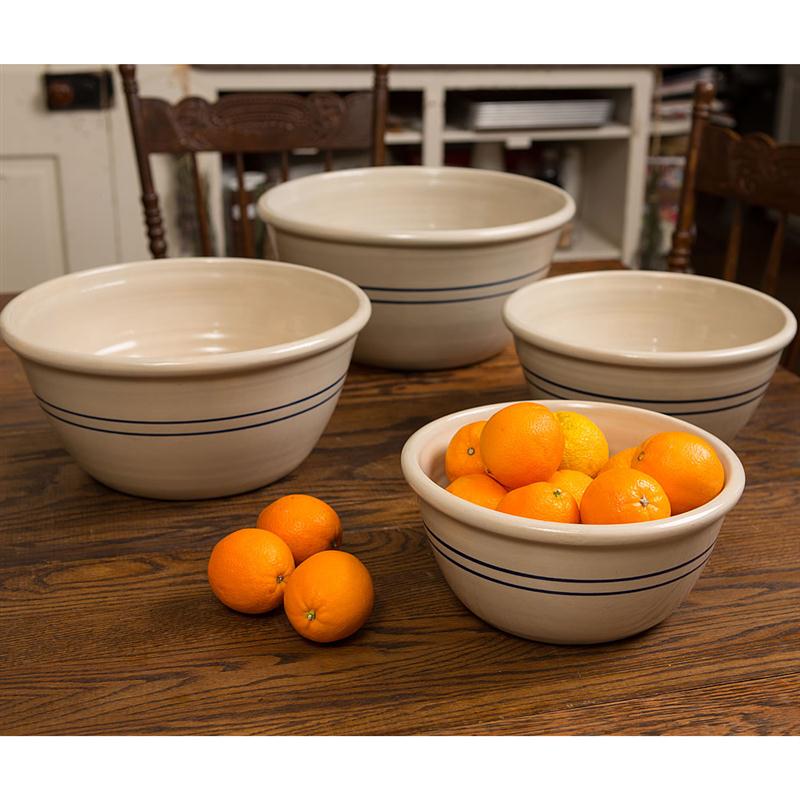
Ingredients
- 3 c. all-purpose or bread flour (plus additional flour for dusting your surface & dough)
- ½ tsp. dry active yeast
- 1 tsp. salt
- 1½ c. warm water
- 1 tsp. extra virgin olive oil
Equipment
- Large mixing bowl
- Cast Iron Dutch Oven (or other heavy covered pot)
- Optional: Bee’s Wrap
Combine your flour, salt, and yeast in a large bowl add 1½ cups of warm water, and hand mix until you have a rough, sticky mass of dough. The key to this step is to thoroughly combine the dough. If it seems shaggy and dry, wet your hands and combine again. It’s important to remember that you are not kneading the dough, only combining.
Drizzle olive oil down the sides of the bowl and cover to let rise (consider using Bee’s Wrap as an eco-friendly and higher quality alternative to plastic wrap). Let the dough rise at least 9 hours at warm room temperature: I like to form the dough at 9 o’clock at night and begin baking at 6 the next morning. This may take longer during the winter months.
Once you see that the surface of the dough is presenting bubbles, it is ready. Preheat the oven to 500 degrees Fahrenheit with your Dutch oven inside. A cast iron Dutch oven is ideal, as the steam created inside is what gives bread its crunchy crust. Liberally flour your work surface and lay out your dough.
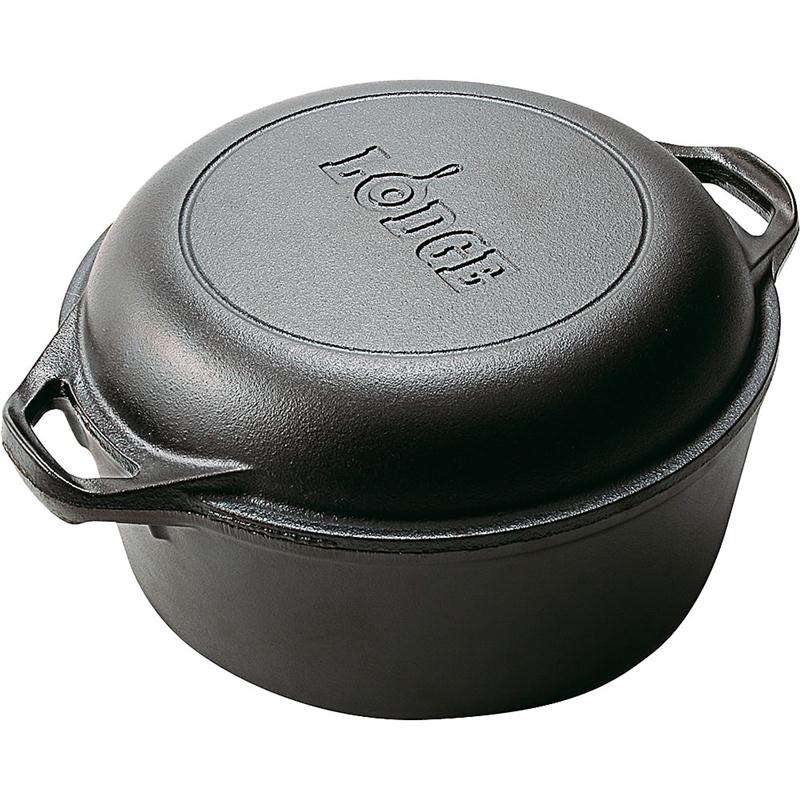
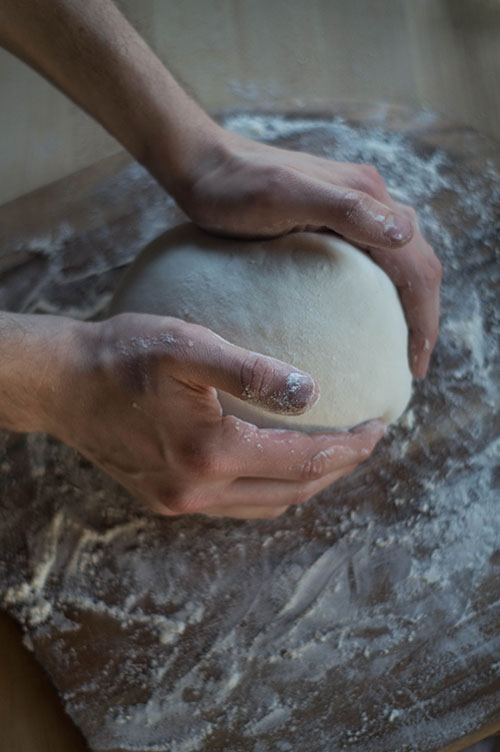
Stretch one corner toward yourself and fold it over onto the rest of the dough. Perform this fold on each side of the dough, rotating after each. Once finished, flip the dough so your folds are now on the bottom side. Cup your hands around the side of the dough furthest from you, and pull it toward yourself in a manner that “tightens” the dough. Rotate and repeat until the dough shapes into a nice, even ball. Much like kneading, stretching and pulling the dough strengthens the gluten proteins, which will give your dough shape. Dust with more flour.
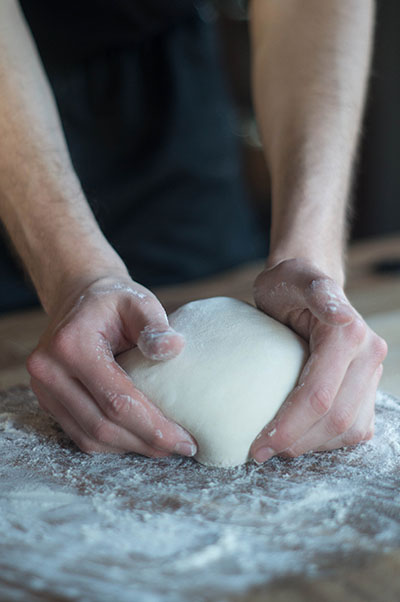
Once the oven is preheated, carefully take out the Dutch oven and remove the lid. Flip the dough over into it, seam side up. It may look strange, but those seams from your folds will crack during baking, giving you that nice artisanal look that seemed so unlikely just a short time ago! Cover with the lid and bake for 25 minutes, then remove the lid and bake for another 5 minutes until the loaf is a rich, golden-brown color.
Allow another 30 minutes for cooling — listen to the crust crackle, indulge in the aroma of what you have created — and enjoy.
PrintNo-Knead Dutch Oven Artisanal Bread
Ingredients
- 3 c. all-purpose or bread flour (plus additional flour for dusting your surface & dough)
- 1/2 tsp. dry active yeast
- 1 tsp. salt
- 1 1/2 c. warm water
- 1 tsp. extra virgin olive oil
Instructions
- Combine flour, salt, and yeast in a large bowl, add 1½ cups of warm water, and hand mix until you have a rough, sticky mass of dough.
- Drizzle olive oil down the sides of the bowl and cover.
- Let rise at least 9 hours at warm room temperature.
- Preheat oven to 500 degrees Fahrenheit with Dutch oven inside.
- Liberally flour your work surface and lay out your dough.
- Stretch one corner toward yourself and fold it over onto the rest of the dough. Perform this fold on each side of the dough, rotating after each.
- Once finished, flip the dough so your folds are now on the bottom side.
- Cup your hands around the side of the dough furthest from you, and pull it toward yourself in a manner that “tightens” the dough.
- Rotate and repeat until the dough shapes into a nice, even ball.
- Once the oven is preheated, take out the Dutch oven and remove the lid.
- Flip the dough over into it, seam side up.
- Cover with the lid and bake for 25 minutes, then remove the lid and bake for another 5 minutes until the loaf is a rich, golden-brown color.
- Cool for 30 minutes.
- Author: Mark Spigos
Keywords: no kneed dutch oven bread, dutch oven, bread, artisanal bread
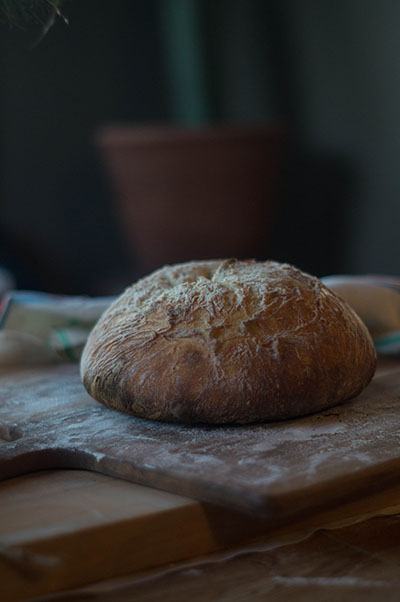
Editor’s Note: Mark Spigos is a writer, photographer, and aspiring farmer. After growing up in an urban setting, Mark moved to rural Northeast Ohio seeking to learn the necessary skills for a more self-sufficient & sustainable lifestyle. He is a passionate beekeeper, bread baker, home brewer, and husband.


